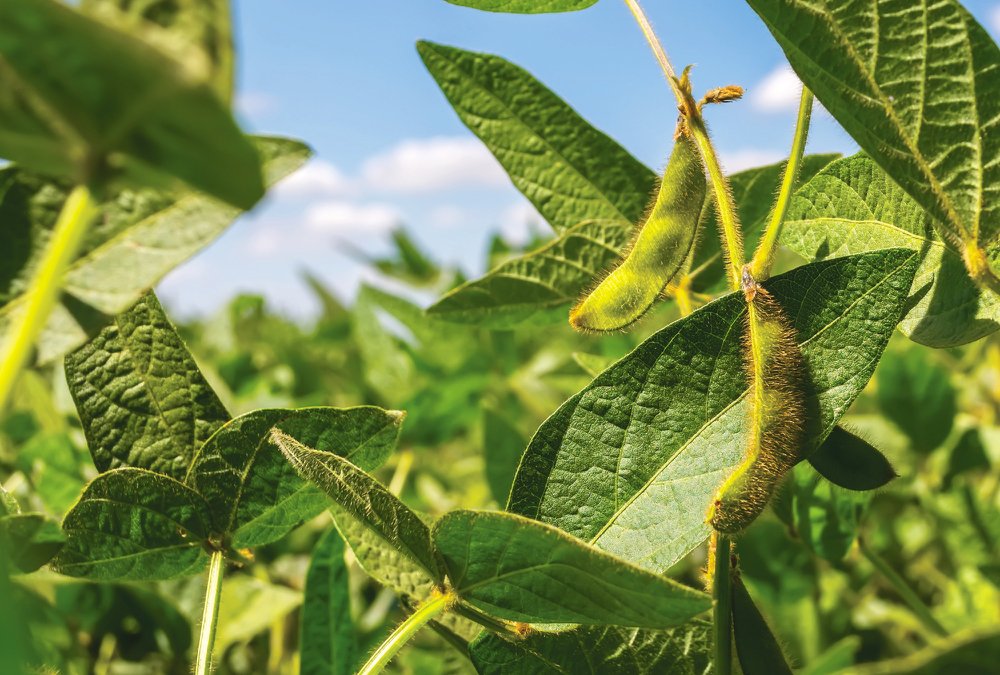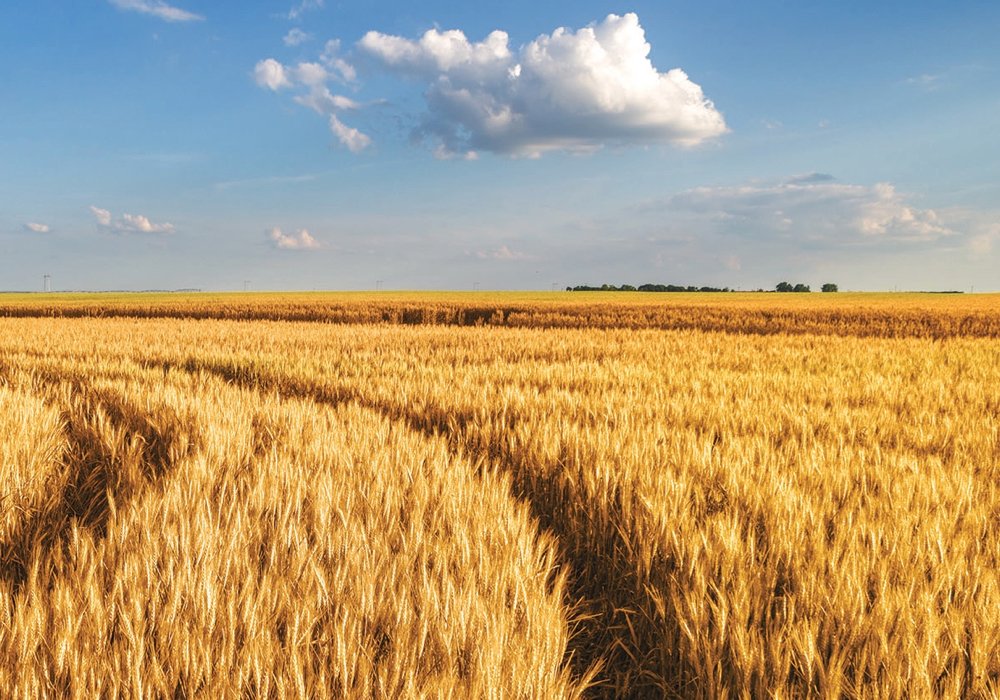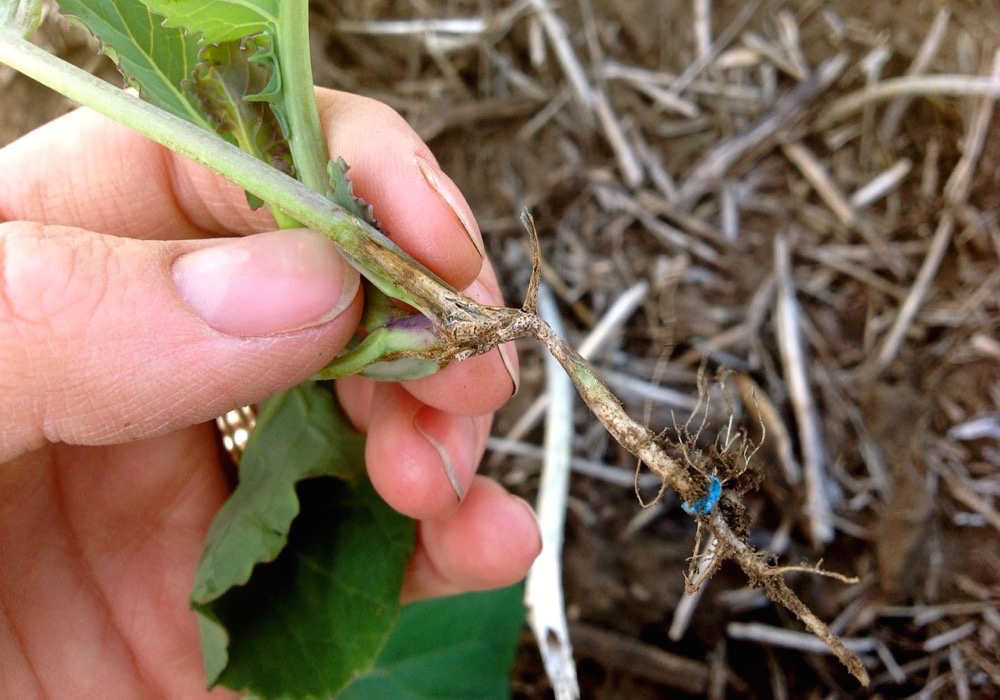Ottawa is developing a new five-year Agricultural Policy Framework this spring. What should be in it?

Canada’s farm leaders aren’t expecting any major changes of direction in the next Agriculture Policy Framework, but they are pushing to get important refinements in place by the July federal-provincial agriculture ministers’ conference.
1. Support for beginning farmers

Several farm organizations are seeking more support for new farmers. That includes better access to current programs, which sometimes are available to young farmers who haven’t had time to build up the reference margins to qualify. Some sort of regional average of similar producers would work. Also helpful would be a discounted rate for beginning farmers to enrol in the programs.
Keith Degenhart of Alberta Federation of Agriculture says a mentoring program would make sense too, bringing together farmers who want to retire and others who want to farm, along with a program to help fund beyond-family succession planning.
Farmers who hold mortgages for beginning farmers could be given preferential tax treatment for doing so, says the Canadian Federation of Agriculture’s Ron Bonnett.
2. Large strategic investments

The national federation is also pushing the argument that since agriculture and food is the largest manufacturing sector in Canada, it deserves the kind of strategic investments that governments make to spur growth in the auto and aerospace sectors.
Such injections could be made within the purview of an agriculture policy framework, as long as they didn’t pull funds from other programs.
“We need these types of investments to get us in front of the pack,” says Bonnett, noting that Dominic Barton, the chair of the prime minister’s team of economic advisers, has identified agriculture as a driver of future economic growth in Canada.
3. Market development

Farm leaders say the APF should also put more emphasis on market development. With the impending implementation of the Canadian-European Comprehensive Economic and Trade Agreement (CETA), says Bonnett, this would also help farmers open new markets. Such a program could also target areas where future bilateral trade agreements could be signed, such as with Japan following the death of the Trans-Pacific Partnership.
4. Greater flexibility to move funds

In the volatile, fast-changing agriculture sector, priorities can change rapidly, so farmers are saying the APF must have more flexibility to change as needed. There was some ability to move funds in the GF2, but it happened slowly and not as predictably as the agriculture sector would have liked.
5. Labour as a target for improvement

With 60,000 jobs open in Canadian agriculture, causing $1.2 billion in lost economic activity, the Ontario Federation of Agriculture’s Mark Wales says there is room for programs that attract and train more workers.
6. Communication and technology

Agriculture needs to do a better job communicating to consumers about the value and safety of new technologies, Bonnett says. Projects that proactively communicate about technologies while they are being researched and developed could be part of APF.
7. Climate change and carbon taxes

Federal government policy is now to impose carbon taxes of some sort across the country.
The next APF should include funding to help farmers adapt to lower-carbon-producing practices and to figure out ways that farmers can be compensated for sequestering large amounts of carbon in their soils.












